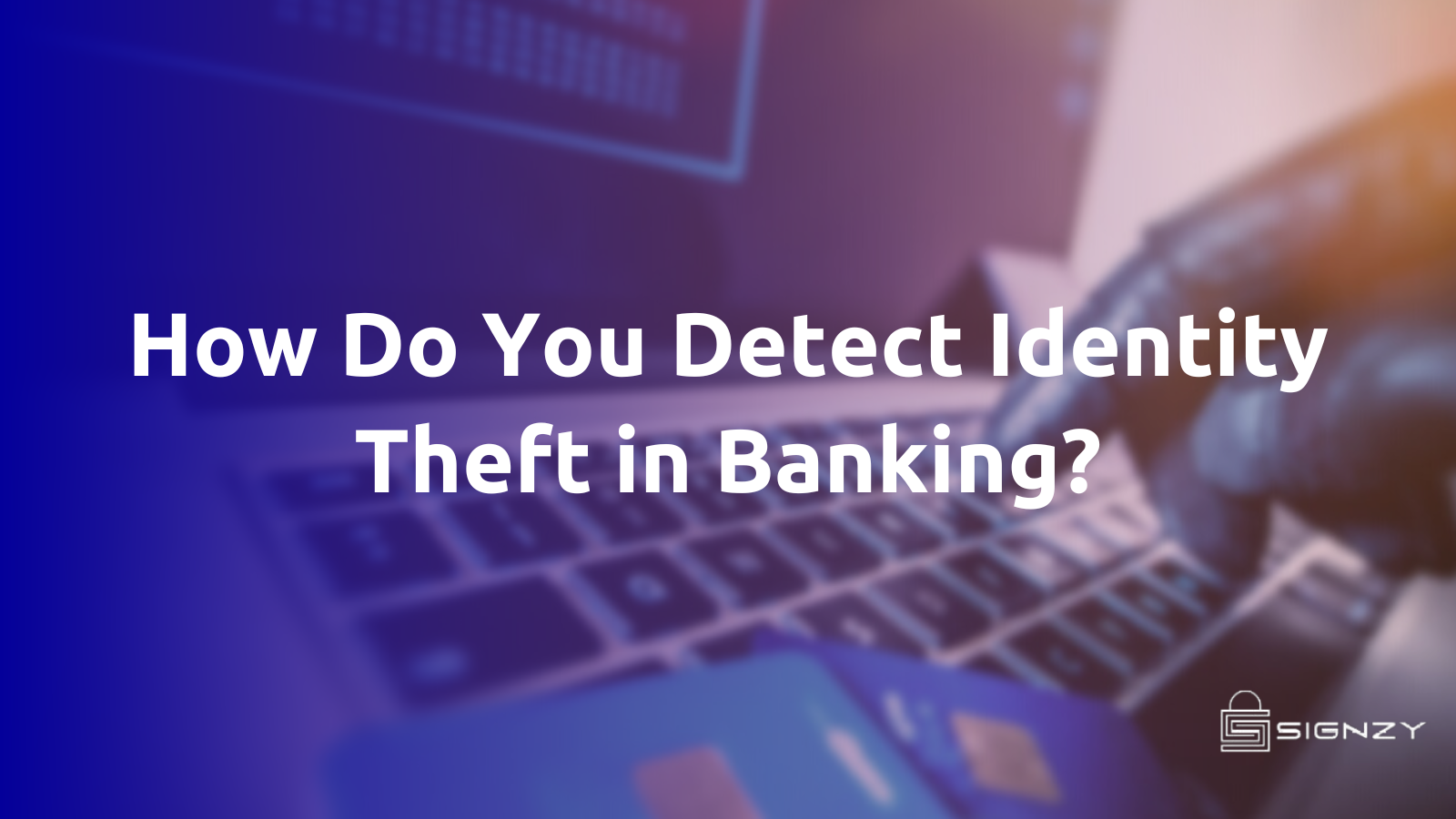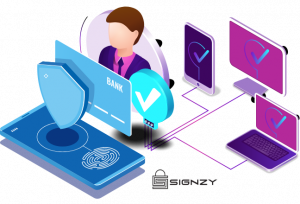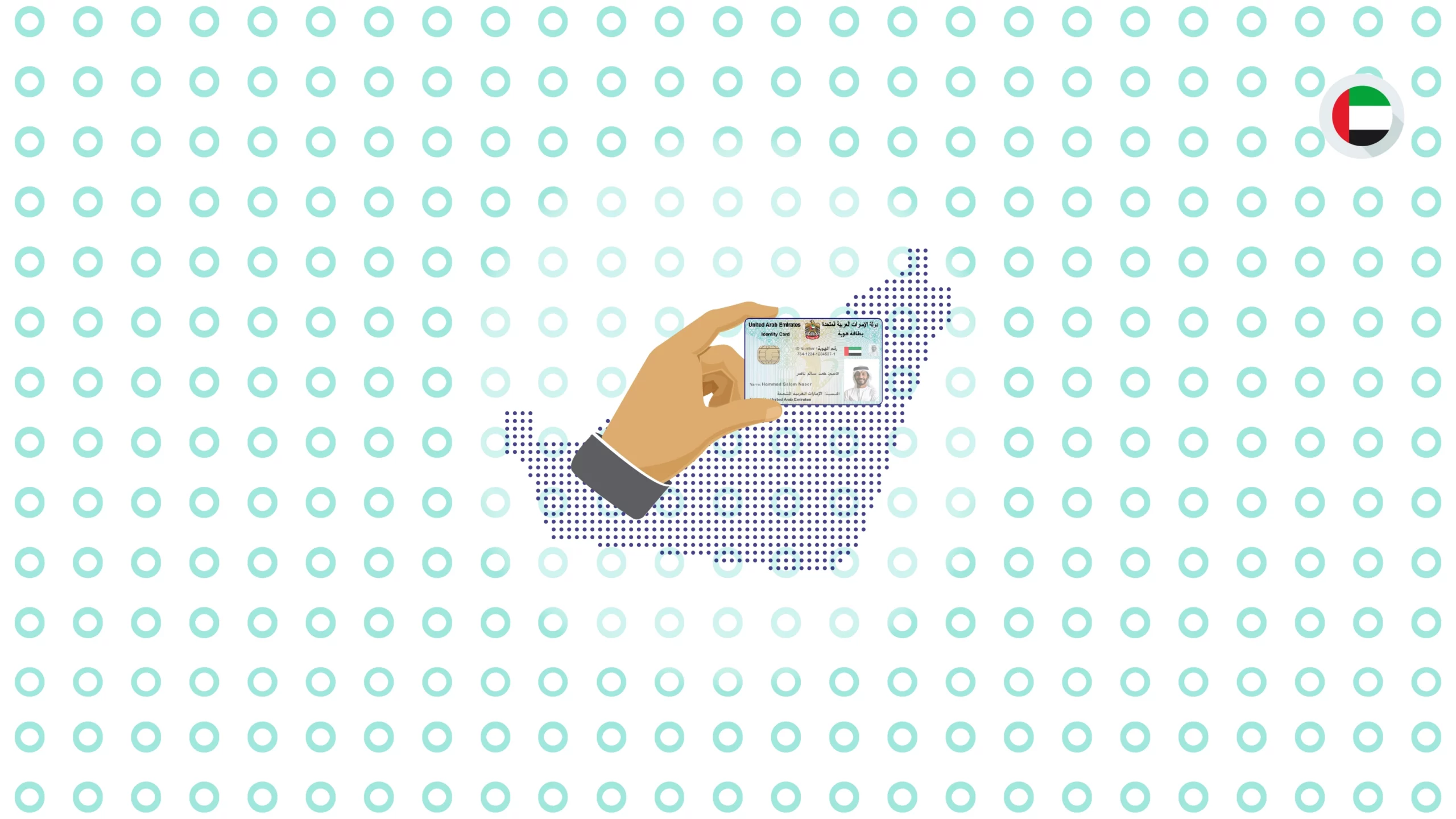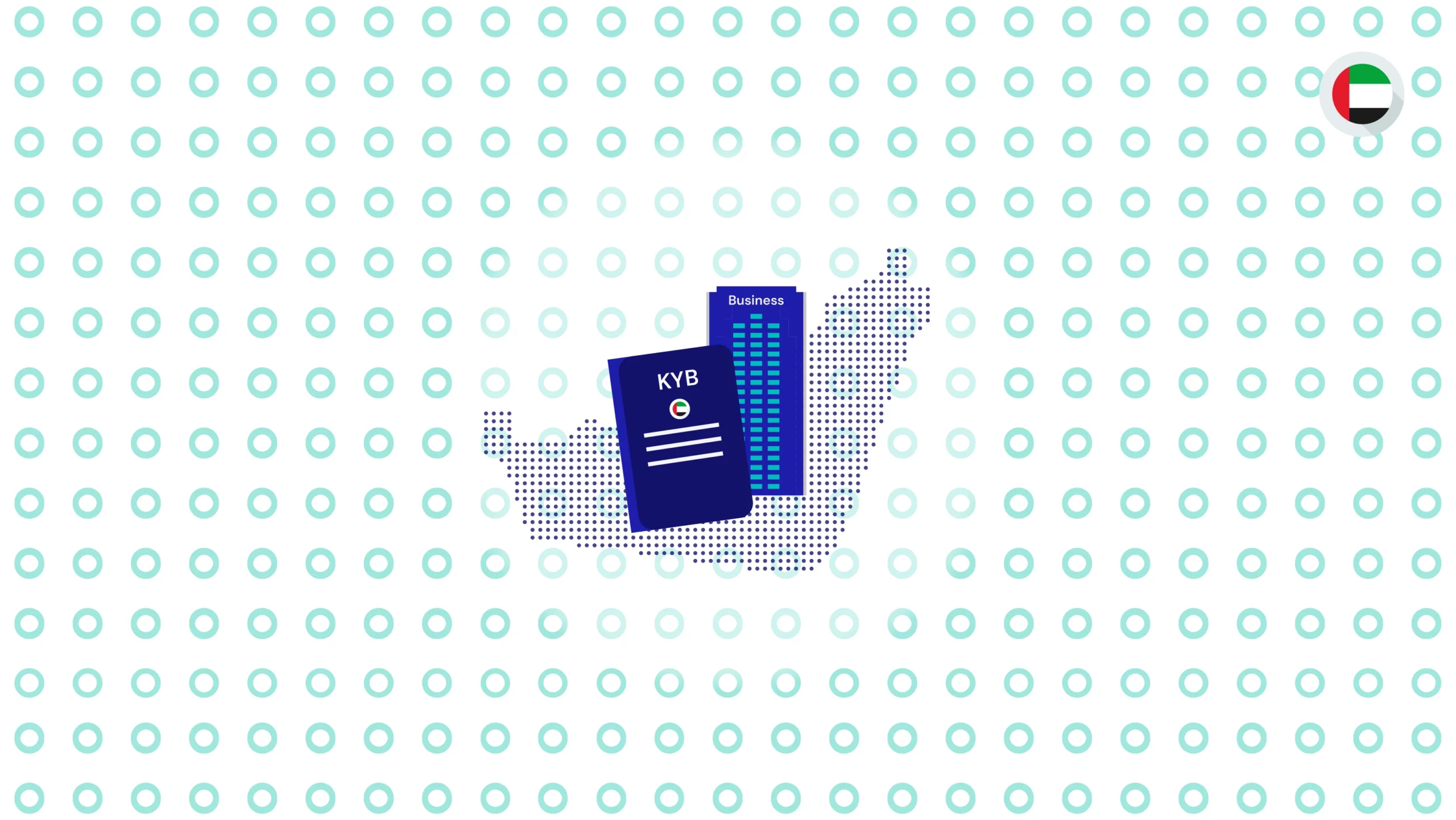30% of consumers said that they had been victims of online identity theft is one of the surveys by Experian in July 2022.
Identity theft is a serious problem, and with the rapid advancement of technology, it’s only getting worse. Every year, millions of Americans become victims of identity theft and financial fraud.
According to the FTC, identity theft and related fraud increased nationwide in 2021:
- More than 5.8 million fraud complaints were filed for the year, an increase of 19%.
- The financial losses from fraud increased by 77% from the previous year to more than $6.1 billion.
- Consumer identity theft complaints increased by 3.3% to just over 1.43 million.
While there are steps you can take to reduce your risk, it’s important to be aware of the tactics criminals use to gain access to your personal information. In today’s blog post, we will discuss how identity theft works in banking and what measures you can take to detect it. By understanding the methods criminals use and taking the necessary precautions, you can put yourself in a better position to protect yourself from potential identity theft.
What is identity theft?
Identity theft is when someone uses your personal information without permission to commit fraud or other crimes. Your personal information can include your name, Social Security number, date of birth, bank account numbers, credit card numbers, or other sensitive information.
1,434,695 identity theft complaints topped the FTC’s list of fraud complaints in 2021, accounting for about 24 percent of the 5,883,409 fraud, identity theft, and other complaints received. Imposter scams were the second most reported fraud category after identity theft, with 995,789 reports and $2.4 billion in losses—nearly double the $1.2 billion loss caused by the category in 2020.
Identity theft can happen in many ways: Phishing, smishing, spoofing, and vishing are some techniques Fraudsters use.
Phishing:
As a method of identity theft, phishing involves individuals unwittingly providing personal information that can be misused. Fraud is usually carried out by creating fake websites, emails, or texts that appear to be from a legitimate firm.
On Feb 20th, 2023, a farmer from Rajasthan almost lost more than Rs 8 lakh to a cyber fraudster when his son clicked on a phishing link. In the past few years, cyber fraud cases have witnessed a significant rise. According to the EY report, 53% of respondents in India state that cybercrime and ransomware risk have increased in India in the last 1 year.
Vishing:
Vishing (voice phishing) is an attempt where fraudsters try to seek personal information like Paytm Bank PIN, Paytm OTP, Card expiry date, CVV, etc. via a phone call. The miscreant acts as an employee from Paytm, the government, or a bank. He/she asks you for your KYC details. They will state various reasons, like reward points, free cashback, reactivation of account, etc., for this. These details are then used for accessing your account without your knowledge.
Smishing:
Smishing (SMS phishing) is when an SMS/Email/WhatsApp message is used to lure you to call back on a fraudulent phone number, visit fraud websites, or download malicious content via your phone. Fraudsters will send you SMS/Facebook Requests/WhatsApp messages to inform you that you’ve won some prize money, a cashback offer, or the like. They’ll ask you to share your Paytm account/Paytm Payments Bank account details. Unaware of what might happen, they will initiate fraudulent transactions using your account details once you do that.
How does identity theft happen?
There are a few ways that identity theft can happen in banking. One way is if someone steals your personal information, such as your Social Security or account number. They can then use this information to open new accounts in your name and rack up debt.
Another way is if someone gains access to your bank account and makes unauthorized withdrawals. This can happen if your bank account number is stolen or if you have an online account that is not secure.
Finally, identity theft can also happen if you receive a phishing email that looks like it’s from your bank. This type of email will try to get you to click on a link or download an attachment that will install malware on your computer. If you do this, the cybercriminal will have access to all of the information on your computer, including your banking information.
How can Banks Detect & Prevent Identity Theft?
The process of detecting stolen identities begins at the onboarding stage. Adding new customers can be risky for banks regarding digital onboarding – there is the need to satisfy regulations such as KYC (know your customer) and AML (anti-money laundering). These legal obligations must be obeyed to prevent any kind of financial fraud. Criminals often use false or synthetic IDs to deceive the process and open bank accounts, so confirming identities can be expensive – with costs reaching $35.2 billion in 2020. This is especially daunting for neobanks and challenger banks, who strive to make the customer onboarding experience quick and straightforward.
With video KYC verification, banks can verify their customers’ identities remotely through a video call, which is quick, convenient, and reliable. As a result, businesses can detect potential fraudsters beforehand and eliminate the need for physical presence.
Use Cases:
- By using video KYC, banks can onboard new users digitally via a video call, making the process more efficient and productive.
- The real-time video call helps banks identify money laundering, identity theft, and terrorist financing while onboarding new users.
- In any country where the Bank operates, they must ensure that their businesses comply with KYC & AML regulations. Signzy’s Video KYC verification helps businesses meet those regulations while avoiding being penalized.
Features:
- Text Match is used to ensure PAN card data corresponds with Aadhaar records. Simultaneously, high-definition snapshots of the ID and video can be taken for comparison.
- Documents no longer need to be stored since recorded videos, and captured documents can easily be retrieved.
- Geo-Location capture and IP check detect Proxy or VPNs while scanning for spam or abuse reports in established blacklists.
- End-to-end encryption is enabled for full data security, applying the most reliable security protocols.
Conclusion
Identifying identity theft and synthetic ID fraud starts with thorough identification verification. While most banks and financial institutions will have a robust KYC process that includes IDV, Signzy’s Video KYC will let risk managers work with real-time alternative intel and in-depth technical data points.
The following are key advantages.
- Real-time enrichment is applied to all data.
- To save time and money, you can perform Video KYC checks.
- In the digital age, digital footprint analysis is becoming more important than traditional ID checks.
- You can catch more fraudsters by combining these with velocity checks and device fingerprinting.
Identity theft can be scary, and banks are one of the main targets for criminals trying to steal your identity. Through liveliness checks, image forensics, face matching, and randomized questions, Signzy utilizes artificial intelligence to perform comprehensive identity verification. The solution offers inherent safety by making the process directly between the bank, and the consumer and is completely paperless and contactless.
About Signzy
Signzy is a market-leading platform redefining the speed, accuracy, and experience of how financial institutions are onboarding customers and businesses – using the digital medium. The company’s award-winning no-code GO platform delivers seamless, end-to-end, and multi-channel onboarding journeys while offering customizable workflows. In addition, it gives these players access to an aggregated marketplace of 240+ bespoke APIs that can be easily added to any workflow with simple widgets.
Signzy is enabling ten million+ end customer and business onboarding every month at a success rate of 99% while reducing the speed to market from 6 months to 3-4 weeks. It works with over 240+ FIs globally, including the 4 largest banks in India, a Top 3 acquiring Bank in the US, and has a robust global partnership with Mastercard and Microsoft. The company’s product team is based out of Bengaluru and has a strong presence in Mumbai, New York, and Dubai.
Visit www.signzy.com for more information about us.
You can reach out to our team at reachout@signzy.com.














